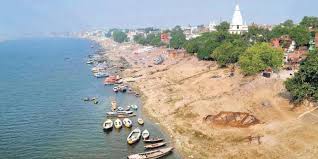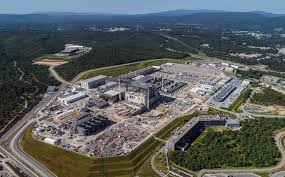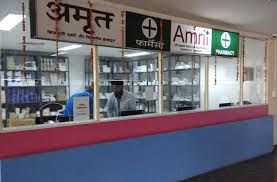
The World Bank and the Government of India has signed a loan agreement to enhance support for the Namami Gange programme that seeks to rejuvenate the Ganga river. The Second National Ganga River Basin Project will help stem pollution in the iconic river and strengthen the management of the river basin which is home to more than 500 million people.
Daily Current Affairs Quiz 2020
Key-Points
The $400 million operation comprises a loan of $381 million and a proposed Guarantee of up to $19 million.
Ganga is India’s most important cultural, economic and environmental resource, and the government’s Namami Gange program seeks to ensure that the river returns to a pollution-free, ecologically healthy state.
The new project will extend the Government of India and World Bank’s engagement in this critical national programme to make the Ganga a clean, healthy river.
The World Bank has been supporting the government’s efforts since 2011 through the ongoing National Ganga River Basin Project, which helped set up the National Mission for Clean Ganga (NMCG) as the nodal agency to manage the river, and financed sewage treatment infrastructure in several riverside towns and cities.
The sprawling Ganga Basin provides over one-third of India’s surface water, includes the country’s largest irrigated area, and is key to India’s water and food security.
Over 40 percent of India’s GDP is generated in the densely populated Basin. But the Ganga river is today is facing pressures from human and economic activity that impact its water quality and flows. The Project is expected to help expand the coverage of sewage treatment infrastructure to more towns in the Ganga Basin, and focus on making sure that these assets are operated and maintained efficiently in the long term.





